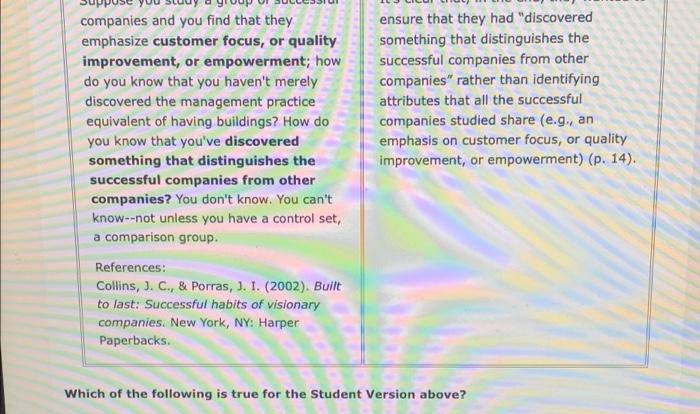En qué estación empiezan las clases delves into the intricate tapestry of academic calendars, exploring the diverse factors that shape the commencement of the academic year across regions, institutions, and educational levels. This comprehensive analysis unveils the historical, cultural, and practical considerations that underpin the timing of the academic year, offering a deeper understanding of its impact on students, families, and educators worldwide.
From the bustling halls of traditional classrooms to the virtual landscapes of online learning, the start of the academic year marks a pivotal transition, setting the stage for a transformative journey of knowledge acquisition and personal growth. This essay unravels the complexities of academic calendars, revealing the intricate interplay of tradition, innovation, and the ever-evolving needs of the educational landscape.
Academic Calendar: En Qué Estación Empiezan Las Clases

The academic calendar is a detailed plan that Artikels the start and end dates for each semester or term in an academic institution. It typically includes information about holidays, breaks, and other important dates that impact the academic schedule.
Variations in the academic calendar can exist for different academic levels or programs within the same institution. For instance, graduate programs may have different start and end dates compared to undergraduate programs.
Regional Variations
The start of the academic year varies across different regions or countries due to factors such as climate, cultural traditions, and educational systems.
- In many countries in the Northern Hemisphere, the academic year typically begins in September and ends in May or June.
- In the Southern Hemisphere, the academic year often starts in February or March and ends in November or December.
- Some countries, such as Japan and China, have unique academic calendars that align with their cultural traditions and holidays.
School Policies and Regulations, En qué estación empiezan las clases
School policies and regulations play a significant role in determining the start of the academic year.
- School boards or governing bodies establish policies that set the academic calendar.
- These policies may be influenced by factors such as state or national regulations, collective bargaining agreements, and community input.
- School policies can impact students and families by dictating the length of the academic year, the timing of breaks and holidays, and the availability of extracurricular activities.
FAQ Compilation
What is the typical start date for the academic year in the United States?
The academic year in the United States typically begins in late August or early September and ends in May or June.
How do academic calendars vary across different countries?
Academic calendars vary across different countries due to factors such as climate, cultural traditions, and educational systems. For example, in some countries, the academic year begins in January or February, while in others it begins in September or October.
What are the advantages and disadvantages of starting the academic year in different seasons?
Starting the academic year in different seasons has both advantages and disadvantages. For example, starting the year in the fall allows students to take advantage of the cooler weather for outdoor activities, while starting the year in the spring allows students to enjoy the warmer weather and longer days.



